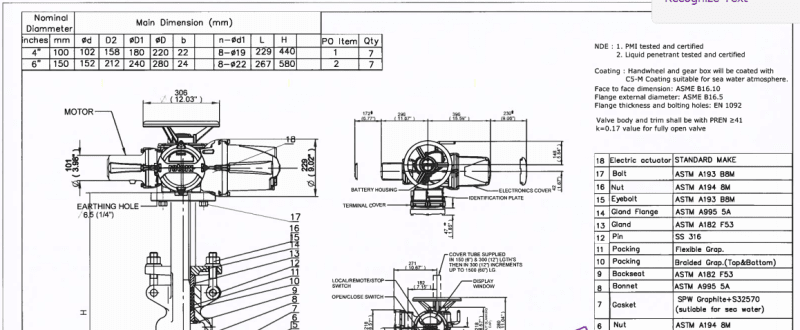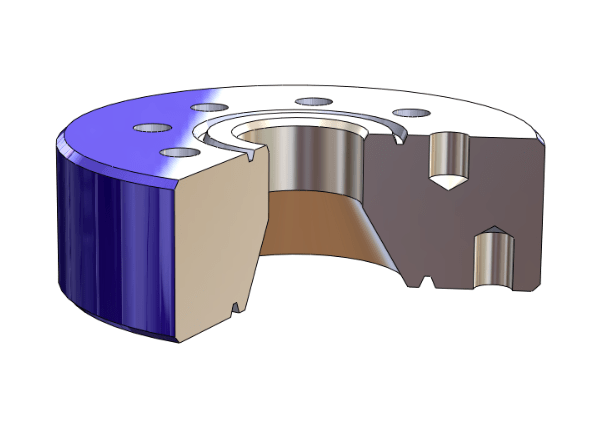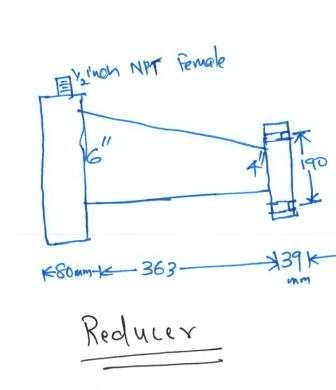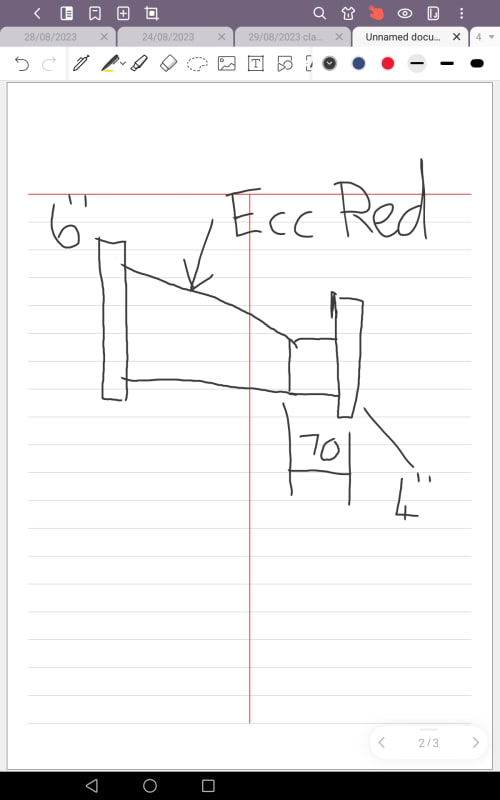nabeel3
Mechanical
- Dec 14, 2006
- 145
Dear All
I have a situation as below in my work now.
Replace an existing MOV (Gate Valve) size 4 inch with a new Super duplex MOV in a seawater line of 4 inch GRE piping.
Bolt circle Dia of Pipe flange is 190.5 mm ,Rating Class 150
BCD of new Valve is 180 mm, Class 150.
How to connect the valve flange with pipe flange. BCD of pipe flange and valve flange is not matching. This is a running pump station.
Any solution is most welcome
I have a situation as below in my work now.
Replace an existing MOV (Gate Valve) size 4 inch with a new Super duplex MOV in a seawater line of 4 inch GRE piping.
Bolt circle Dia of Pipe flange is 190.5 mm ,Rating Class 150
BCD of new Valve is 180 mm, Class 150.
How to connect the valve flange with pipe flange. BCD of pipe flange and valve flange is not matching. This is a running pump station.
Any solution is most welcome





